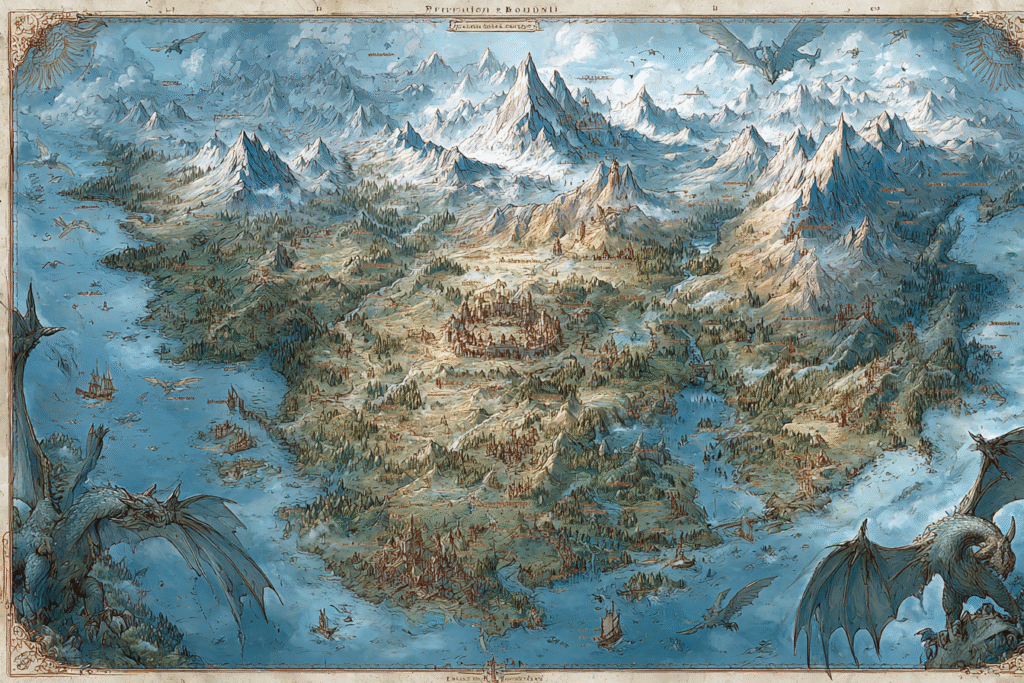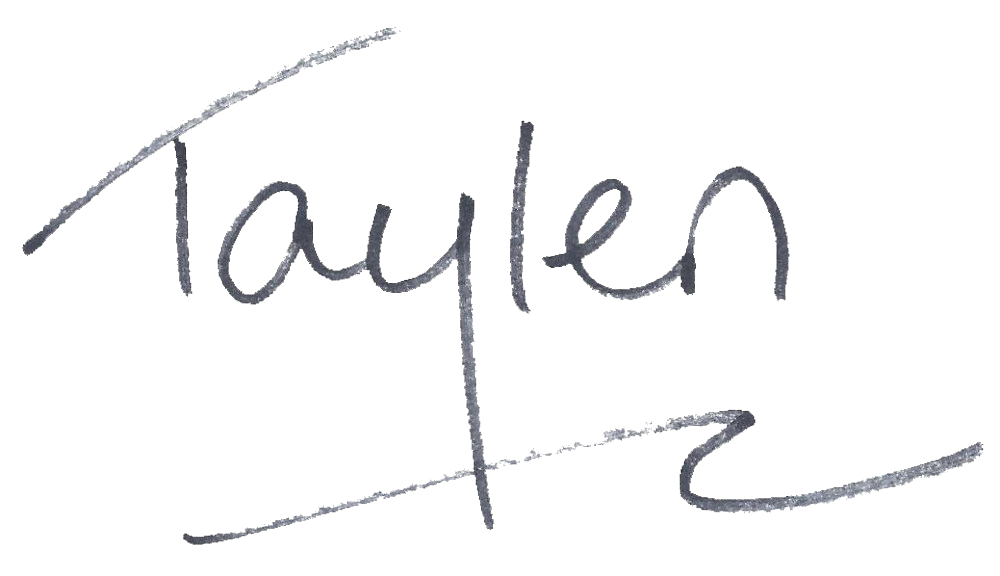
I’ve been obsessed with maps for longer than I’ve been reading fantasy. Considering how long I’ve been reading fantasy, that’s saying something.
Before I knew what a paladin was or why dragons always seemed to live in mountains, I was collecting the foldout National Geographic maps that came tucked inside the magazines. Some of them were historical (my favorites), others were standard geographic ones, but they all gave me that same thrill: the promise of distant places, buried stories, and secrets you could trace with your fingertips.
Maps are stories. And in fantasy, maps are also big, beautiful lies.
Making the Map Before the Magic
In my own books, I almost always make the map first. Not because I have a masterplan for the terrain–honestly, sometimes the rivers meander wherever my mouse decides they should–but because I like to work within the logic of a real world. That means:
- Rivers run downhill to the sea.
- Settlements appear near fresh water, arable land, and trade routes.
- Roads go around mountains, not straight through them (unless the dwarves are involved).
Once the map exists, the story has to play by its rules. If a character needs to get from point A to point B, and the map says there’s a mountain range in the way, well… break out the hiking boots or find a new route. I’ve had to tweak entire plot points or character timelines because my geography refused to cooperate. And honestly? The story always gets better for it.
Limitations force creativity. And nothing limits a story quite like geography.
Tolkien, You’re On Thin Ice
Let me say this first: I love Middle Earth. I love it deeply. I have read the books, watched the extended editions every year, listened to the audiobooks narrated by Andy Serkis, and can sing you a terribly off-key version of the Elvish walking song.
But I cannot stop staring at those suspiciously tidy mountain ranges around Mordor.
Look at it. Three sides of jagged, impassable mountains forming a perfect little evil rectangle. It’s so convenient. It’s as if the continent said, “Here you go, Sauron. Let me just build you a natural fortress with only one entrance that can easily be guarded by nine Ringwraiths and a flaming eyeball.”
Now, I’m not saying Tolkien didn’t think it through. I’m saying it looks like a tectonic plate was specifically designed by a dungeon master trying to keep the players on the rails. Behold: The Plate of Narrative Convenience.
Are there other geographic improbabilities in Middle Earth? Probably. But my eye gets stuck on Mordor, so I never notice them.
Fantasy Maps Are Mood Boards in Disguise
Despite all my grumbling, I adore fantasy maps, flawed or not. They’re not just navigational tools; they’re tone-setters. Before you ever read a word of a fantasy novel, you often get the map. It tells you everything about what kind of journey you’re about to take.
A cluttered, hyper-detailed map full of ancient ruins and tangled coastlines? That’s going to be a dense, lore-heavy ride. A clean, minimalist map with elegant borders and floating cities? Probably something more mythic and ethereal. The map feels like the world, and that’s part of its magic.
Even when they’re geographically absurd, fantasy maps are forgiven because they’re beautiful lies. They make us believe in the world, even if we shouldn’t.
What I’ve Learned From Living With My Own Maps
Maps are unforgiving. Once you put one in print, your readers will hold you to it. If a journey takes two weeks in Book One, it better not take two days in Book Three unless you’ve invented teleportation (or a plot hole).
I’ve learned to think like a historian and a geographer when I draw. Place names reveal layers of history: old kingdoms, colonization, lost languages. A name like “Strathclyde” tells you it’s in a strath (a wide river valley) near the River Clyde. Din Eidyn becomes Burgh Edin becomes Edinburgh. The land remembers, even if the maps don’t say it out loud.
That’s the kind of worldbuilding I love: the kind that lurks just below the surface, waiting for someone to notice.
So Are Fantasy Maps Real?
No, of course not. But also… sort of.
They’re not real in the “geologically plausible” sense, but they are real in the way stories are real: they shape how we think, how we imagine, how we travel through an invented world. And if they cheat a little? Well. So do we, when we write them.
I’ll keep making maps. I’ll keep pretending I’m a medieval cartographer with a decent grasp of hydrology. And I’ll absolutely keep rolling my eyes at Mordor’s suspicious mountain box while secretly loving it anyway.
Because even the most beautiful lies can tell the truth, if you know where to look.

.
.
Newly Released: Sylvalight — Roots of the Storm — Magorian and Jones Series Boxed Set